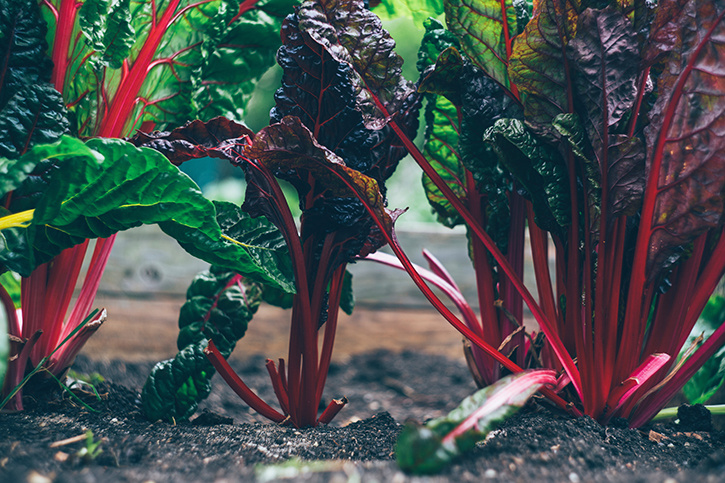Starting A Vegetable Garden
When preparing a vegetable garden, the first step is to determine which vegetables you plan to grow. You can choose to plant a variety of plants or focus on a few types.
Vegetables thrive in well-draining soil with plenty of nutrients. If your soil is too heavy or rocky, add organic matter like compost or humus before planting.
Having a vegetable garden on your apartment balcony can be a great way to grow your own fresh produce and enjoy the benefits of gardening. Even if you only have a small space, there are plenty of ways to create an apartment balcony vegetable garden that is both functional and beautiful. Here are some ideas to get you started.
1. Choose the right containers

When it comes to growing vegetables on your balcony, choosing suitable containers is critical. You can use pots, planters, or even repurposed items like old buckets or plastic containers. Ensure your containers have drainage holes to prevent waterlogging, and use high-quality soil to ensure your plants have the nutrients they need to thrive.
2. Grow vertical
Vertical gardening is a great way to maximise limited space on your apartment balcony. You can use trellises, hanging baskets, or even create a vertical garden wall to grow your vegetables, and this method saves space and makes a unique and attractive display.
3. Choose the right vegetables
When choosing what vegetables to grow on your balcony, consider the amount of sunlight your space receives. Most vegetables need at least 6 hours of direct sunlight daily, so ensure your balcony gets enough light. Some good options for balcony vegetable gardens include tomatoes, peppers, lettuce, spinach, and herbs like basil and parsley.
4. Companion planting
Companion planting is a method of planting different vegetables together that can help them grow better. For example, planting basil and tomatoes together can improve the flavour and growth of both plants. Research companion planting combinations to maximise the yield of your balcony vegetable garden.
5. Water regularly
Watering your vegetable plants periodically is essential, especially during hot and dry weather. Ensure your containers have drainage holes so water doesn’t accumulate and drown your plants. Water your plants in the morning or evening to avoid the midday heat, and consider using a self-watering system to make watering easier.
6. Use organic methods
Growing vegetables organically means using natural ways to control pests and diseases, such as companion planting, handpicking pests, and natural fertilisers. This ensures that your vegetables are safe to eat and helps maintain a healthy ecosystem on your balcony.
7. Make it aesthetically pleasing
Because you’re growing vegetables on your balcony doesn’t mean it can’t be beautiful. Add decorative elements like trellises, garden statues, or fairy lights to create a cosy and inviting space. You can also use colourful pots and planters or add a layer of decorative rocks or mulch to enhance the visual appeal of your balcony vegetable garden.
In conclusion, apartment balcony vegetable gardening can be fun and rewarding, even with limited space. With the proper containers, choosing suitable vegetables, vertical gardening, companion planting, regular watering, organic methods, and aesthetic design, you can create a balcony vegetable garden that provides fresh produce and enhances your space’s beauty.
Source: indiatimes.com
Leave a Reply Cancel reply